The foxtail plant is a common sight in temperate areas of the United States. It can also be found in other parts of the world, such as Vladivostok in Russia. You may spot foxtail grasslands with ease, or miss them altogether. It’s all right. They look harmless anyway.
But walking with your dog in a foxtail-filled zone is a different story. The foxtail plant can pose serious danger to your pet during contact – it can be lethal in some cases. Prevention is definitely better than a costly trip to the vet.
Here are 10 more things to know about this potentially deadly grass.
Photo Gallery 1

There are about 150 species of these ‘weedy grasses’ which can be found in warm areas all over the world. This photo, for example, was taken in Vladivostok. The ones that stick to animals and clothing are called bristly foxtail, and can be distinguished by their ‘barbed bristles’.
Photo Gallery 2

Foxtails are thus named because of the way their stalk looks when a seed forms at its tip – like a fox’s tail. When the seed awns fall, they have a self-cultivating mechanism that allows the seeds to burrow into the ground.
Photo Gallery 3

Foxtail seed awns only fall off when the plant dries out, which happens during summer. The awns are made up of the teeniest barbs, and could attach themselves on animal skin or clothing. There is no stopping them from ‘self-cultivating’ once contact ensues.
Photo Gallery 4
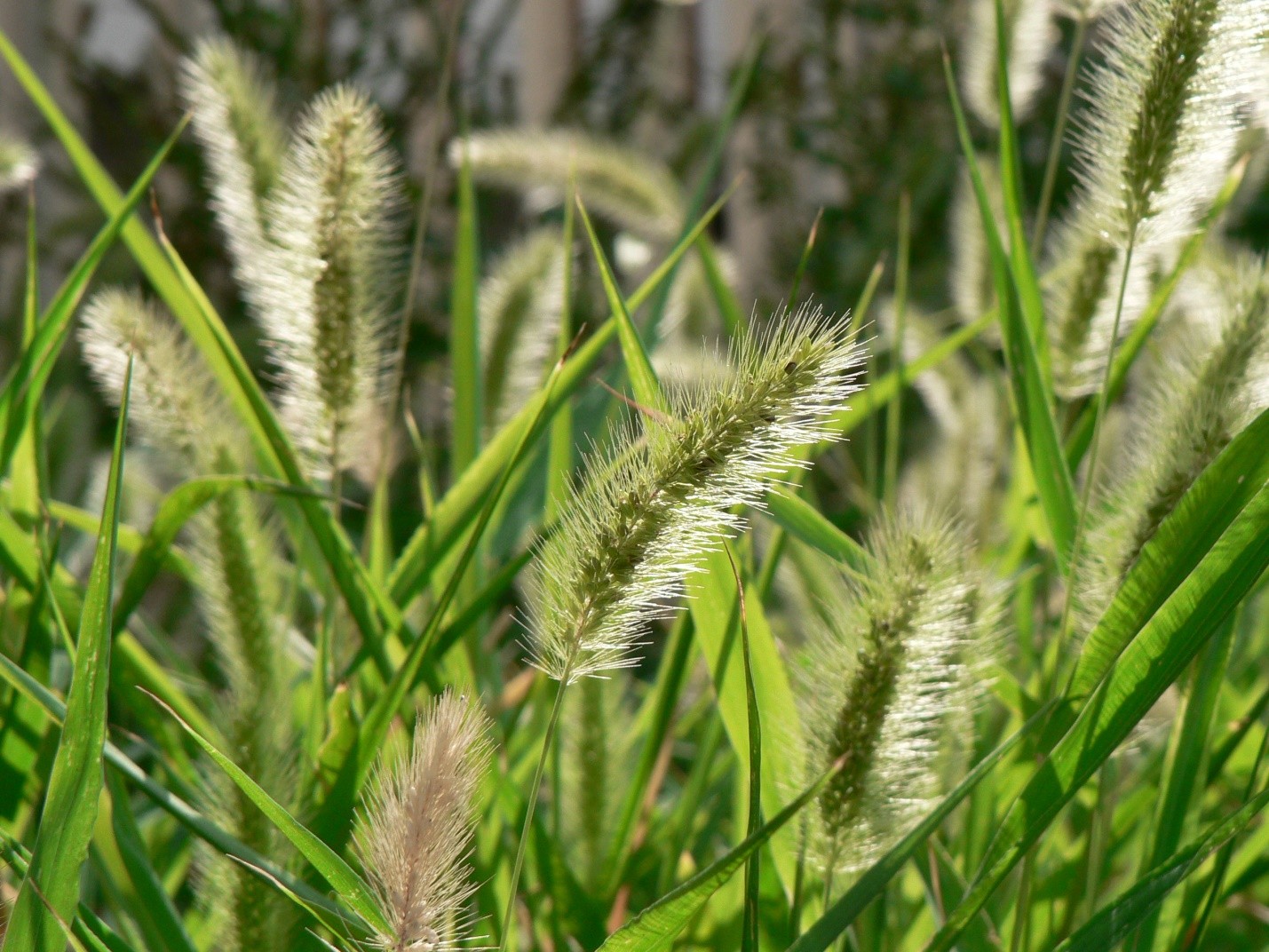
Once the awn comes in contact with your dog skin and does not fall out, it will migrate forward – burrowing into its soft skin or entering through any of its orifices. It will be particularly hard to find if your pet has lots of fur.
Photo Gallery 5
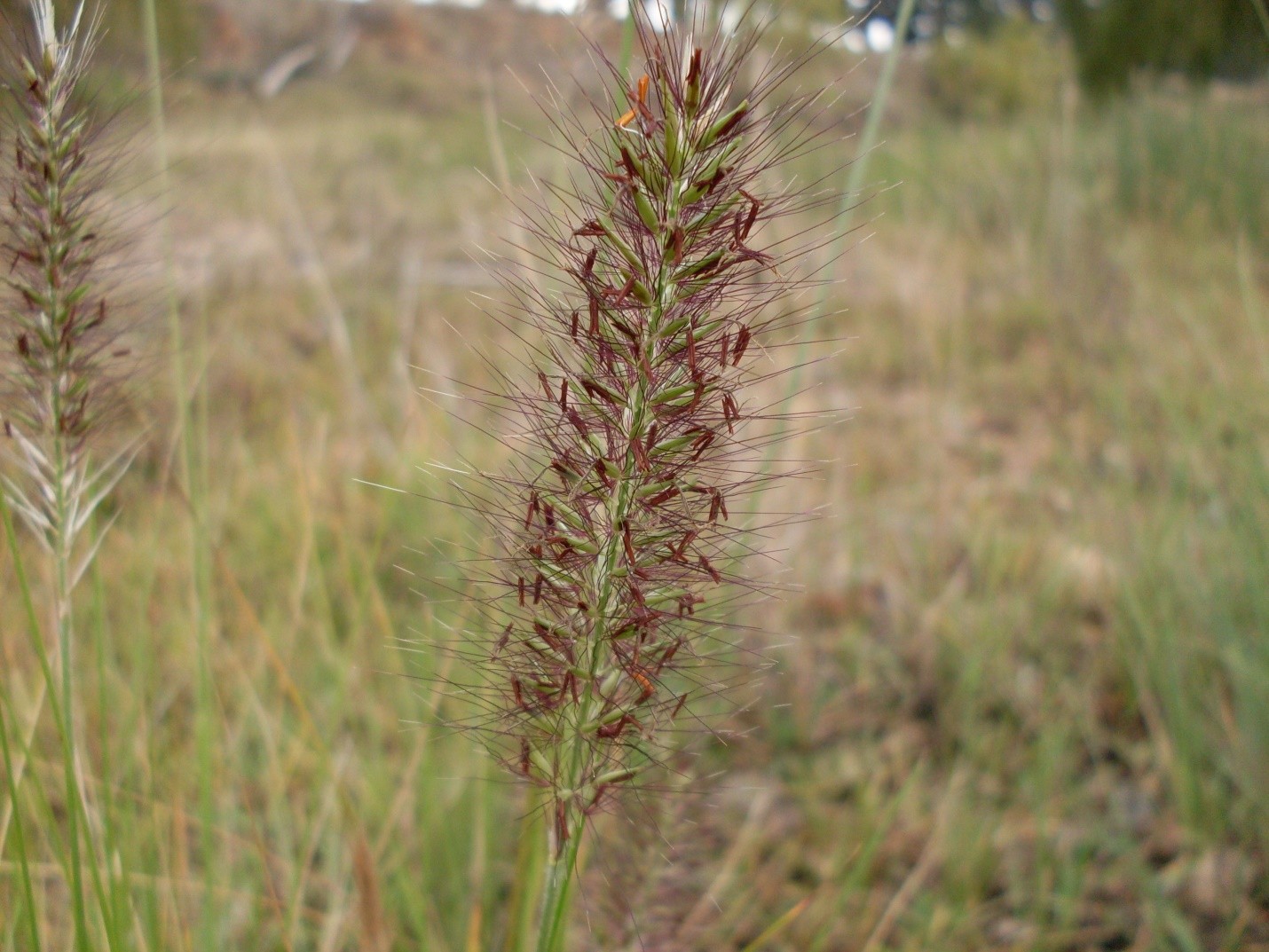
When the foxtail enters the dog’s body, it will keep charging forward. Depending on its entry point, it can go up the brain or into one of the lungs, puncturing the organ and causing abnormal conditions in your pet.
Photo Gallery 6
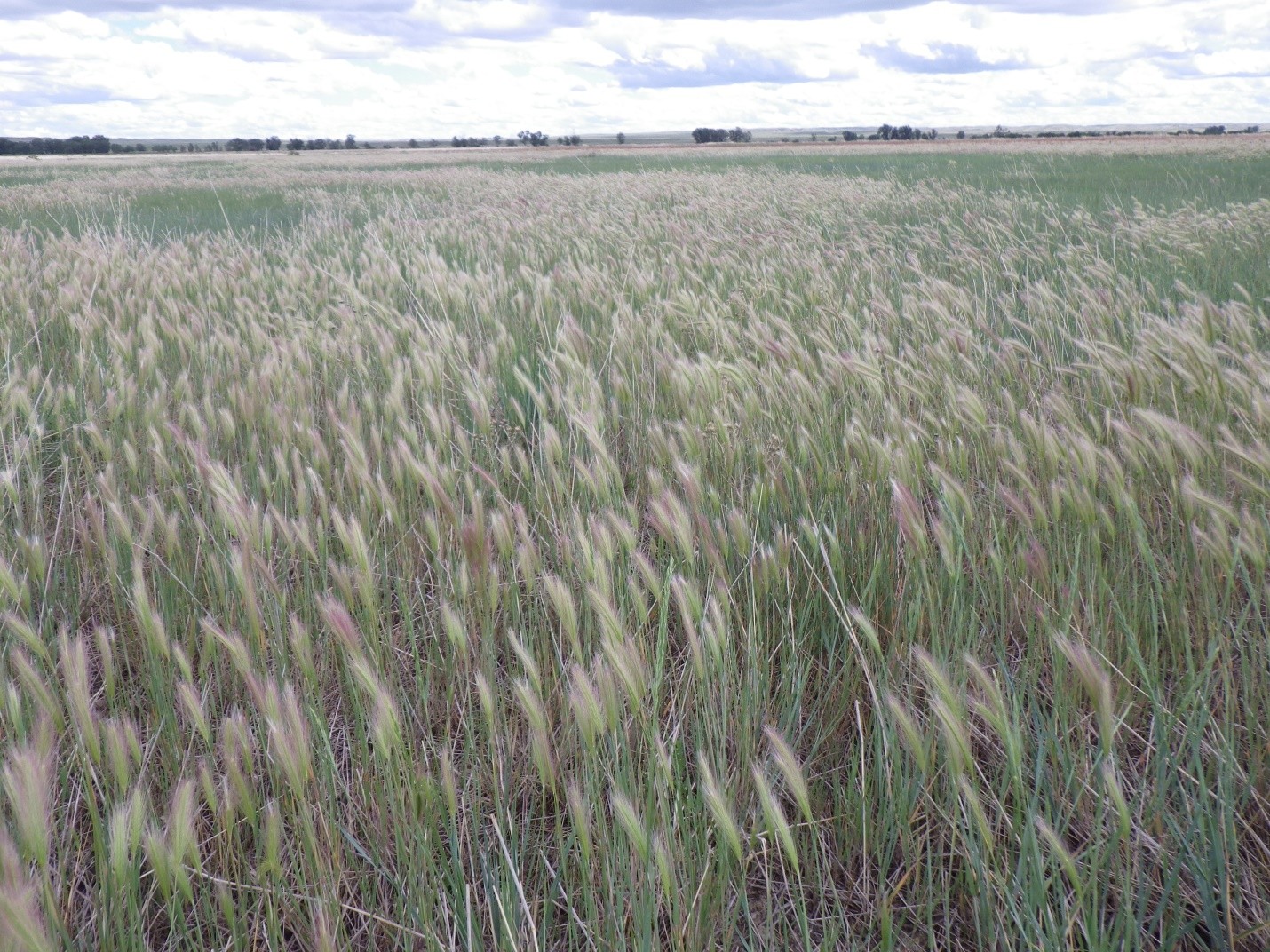
It is best to stay away from foxtail-filled areas when it is time for these plants to dry up. But in case you found this article because your dog had already run around in one, you can check against some of the symptoms, such as scratching or licking the eyes, ears, or genitals, where the foxtail might have lodged.
Photo Gallery 7
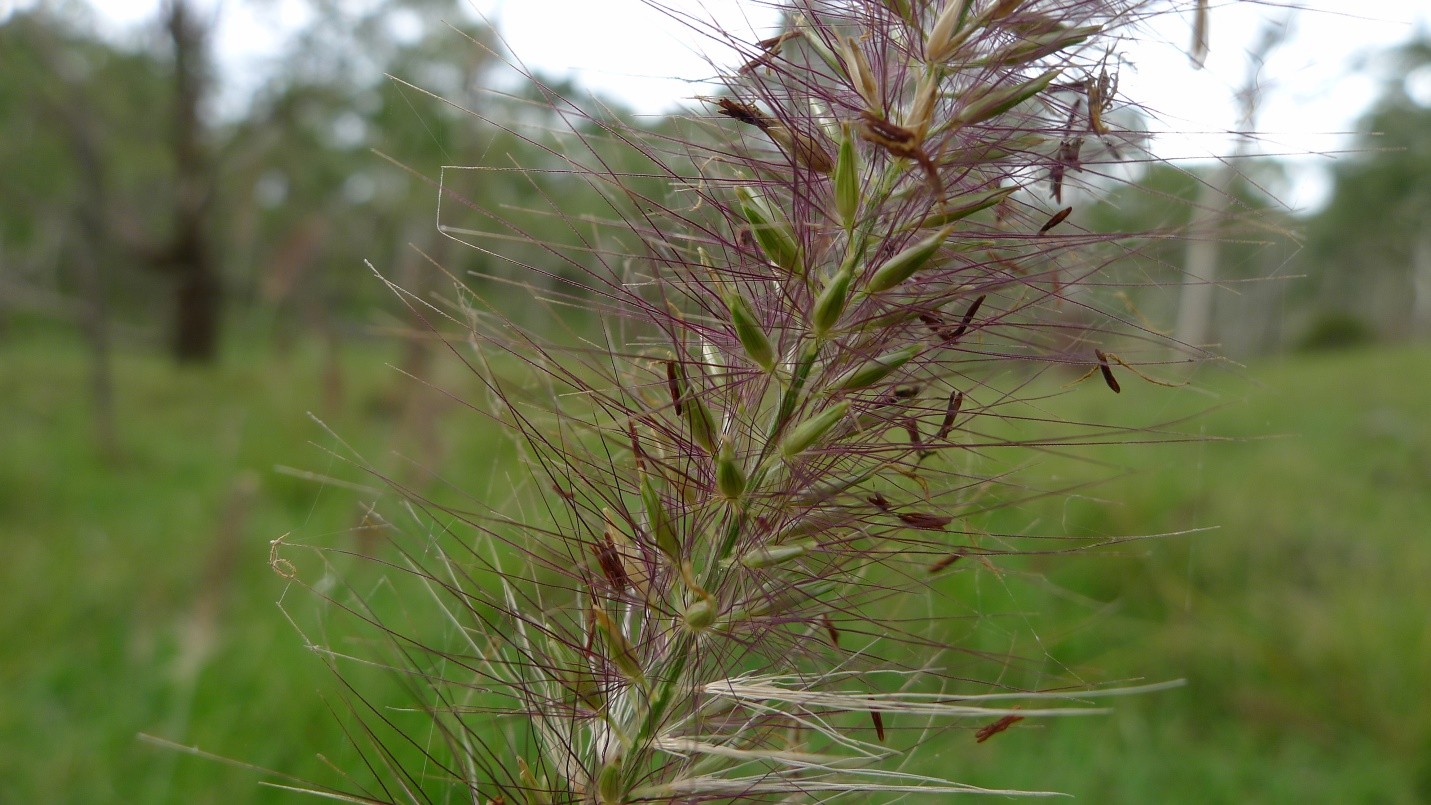
If you notice inflammation or limping, this can also be a sign of foxtails getting caught between the toes of your furry buddy. If you see an awn or more, you can pull them one by one using a tweezer.
Photo Gallery 8
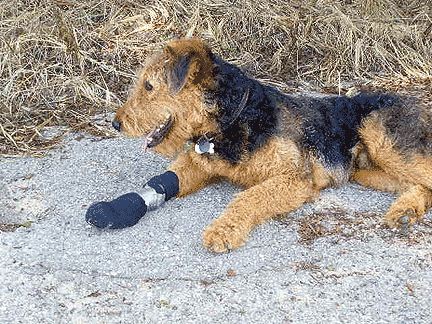
If the foxtails are deeply set into the skin, already causing redness or swelling, that is your cue to take your pet to the vet. Do not attempt to dislodge the awns with a tweezer as this may cause more harm than good.
Photo Gallery 9
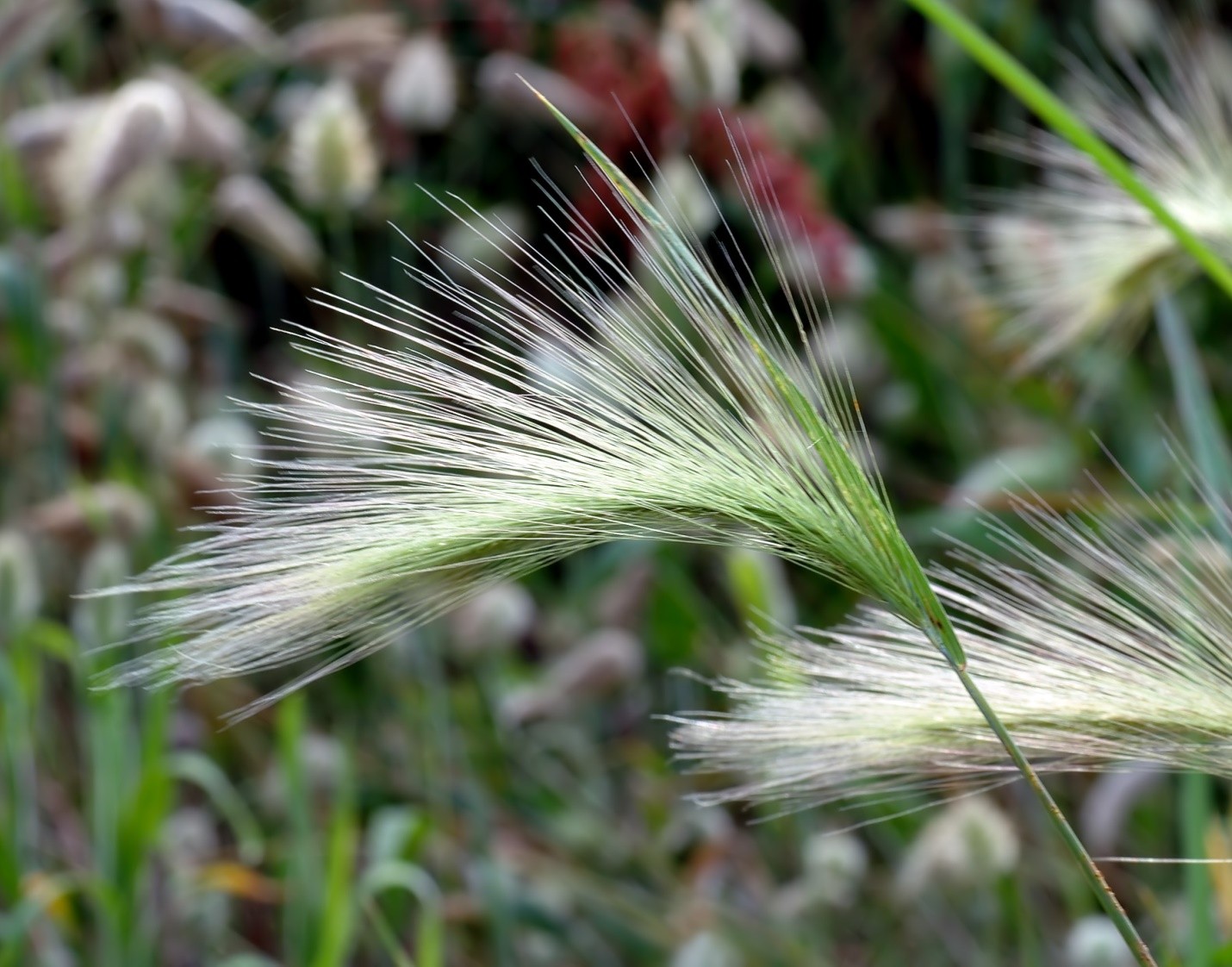
Some foxtail embedding may result to excessive sneezing, discharge, blisters, and even death. It is important to be alert when taking your dog outside to the prairie. Prevention is still the best way to keep your pet safe and healthy.
Photo Gallery 10
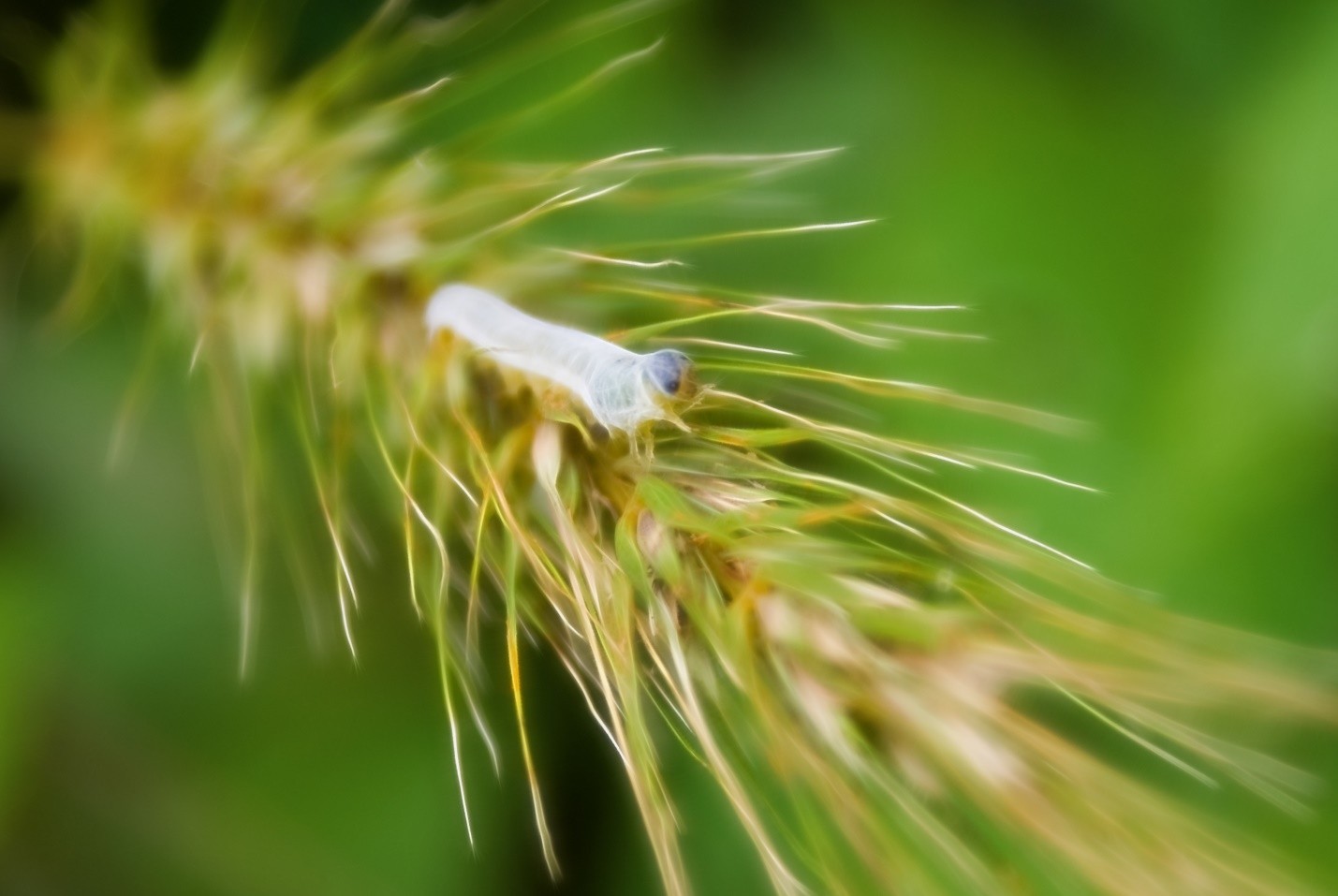
While not all foxtail trespassing can kill, it can still cause infection that will last a dog’s lifetime. That is, if the vet fails at finding the culprit inside your canine friend’s body.


